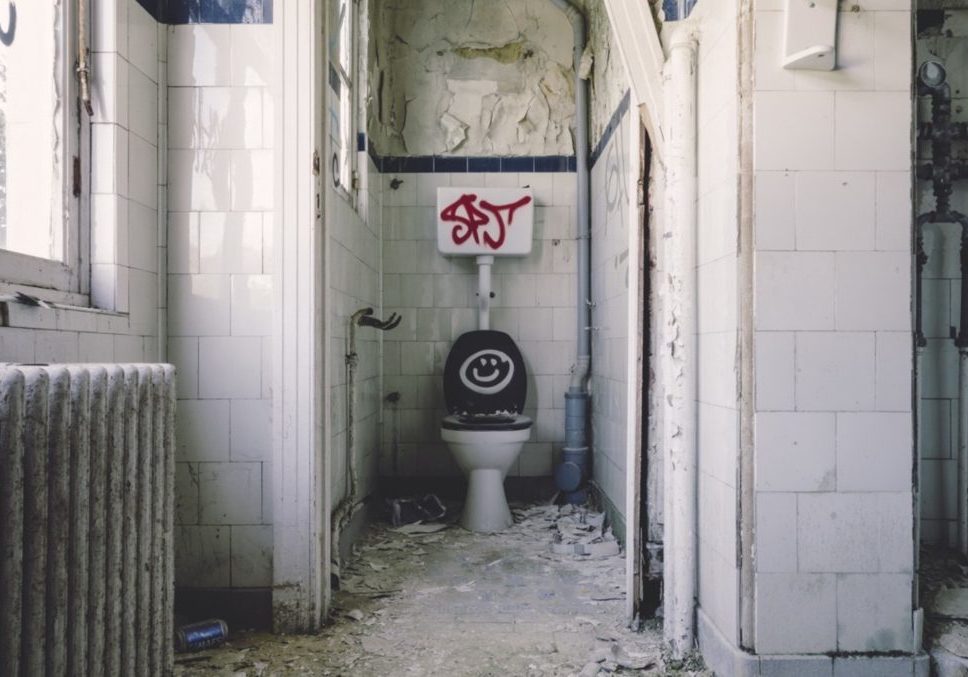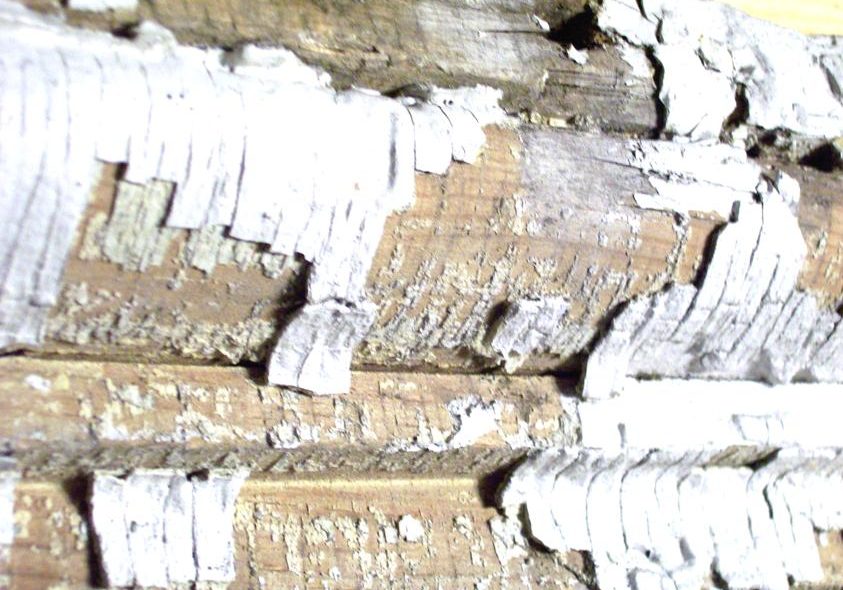Articles | Publications | Popular Blog Posts
Privacy Infographic: Blueprint for GDPR & CCPA Compliance, 2022.
Infographic describing our best-practices approach involving data mapping, risk assessment, and gap analysis. We team with IT specialists to guide organizations through their privacy compliance journey. Whatever your current privacy law compliance, you can safely start here with a completely confidential consultation. Download our free one-page infographic, GDPR / CCPA Privacy Compliance Blueprint.
CCPA / CCPR Privacy White Paper: CALIFORNIA DREAMIN' - A Blueprint for Compliance, 2022
A review of the actual and potential impact of large states like California and New York, adopting GDPR-like legislation. GDPR principles such as Privacy by Design (PbD), are becoming the law in the U.S. "Foreign" laws like California's CCPA are actually enforceable against organizations here in the Northeast. Fortunately, it is possible to build compliance solutions that can meet both current existing and anticipated requirements. The white paper outlines a series of actionable best practices that can be adopted to nearly any organizational structure. Read about our approach to compliance in California Dreamin’ – A Blueprint for CCPA/CPRA Compliance.
Data Protection & Privacy Article: RISKY BUSINESS - Familiar Technologies that Require a Data Protection Impact Statement (DPIA) under the GDPR, 2021
Some everyday technologies are considered so inherently risky to privacy rights that organizations using them are required to analyze and report on the risks, at least in the EU so far. The risky technology list is long and surprising: AI, Covid-19 contact tracing, online exam proctoring, IoT, genetic data, social media, etc. Any organization handling Personal Information (PI or PII or PHI) using these technologies, and not already GDPR compliant, must prepare comply with similar U.S. laws.. Learn which technologies are considered inherently risky in RISKY BUSINESS: Technologies Requiring a Data Protection Impact Assessment (DPIA) under the GDPR.
GDPR Privacy White Paper: The Top 10 Things to Know About GDPR, 2018.
A concise description of the European Union General Data Protection Regulation (GDPR) as applied to U.S. based organizations. GDPR establishes and enforces a set of seven data protection principles designed to protect the privacy rights of EU citizens. While it may not directly impact U.S. enterprises not doing business in the EU, any organization with a website that may reach EU citizens should review its procedures. Learn what is important about GDPR by reading and downloading our white paper, The Top 10 Things to Know About GDPR.
Information Governance White Paper: C-Level Guide to Covering Your Information Assets, 2015.
How the revised FRCP 37(e) sanctions rule adopted in December 2015 provide a game-changing “green light” to organizations wanting to automate the deletion / destruction of unneeded legacy and other data in a legally defensible way. Contact us for a privileged and confidential consultation or evaluation. Read more here...
Legally Defensible Data Remediation (Blog Post) Read here...
Information & Data Governance: Why Boards and C-Level Executives Are Sailing in Dangerous Waters (Blog Post) Read here...
Information Governance: A Principled Approach (Blog Post) Read here...
Legal Hold 101: Data Retention and Destruction (Blog Post) Read here...
The Top 10 Things to Know About the EPA RRP (Lead Paint) Rule Read more...
Legal Aspects of Managing Construction Projects in Massachusetts (© 2009, 120 pg.) A legal and practical guide to risk management in construction. Focused on Massachusetts law with free mechanic's lien forms. Also contains useful information on AIA and ConsensusDocs contracts applicable to any state. Read Chapter 5 excerpt on best practices for construction recordkeeping and documenting a claim.
The Top 10 Things to Know About Electronic Discovery (eDiscovery) Free Download Top 10 Things to Know About eDiscovery
The Top 10 Reasons to Have a Document Retention Policy Read more...
The Top 10 Things to Know About Information Security Programs (rev. September 2009) Read more... (note - compliance deadline for 201 CMR 17.00 began March 1, 2010)
Unintended Consequences of the Adoption of New Building Technologies: Galvanic Corrosion and Pressure Treated Wood Read full article...
2002 Connecticut Construction Law Section Review: Bonds Read more...
Blogs
Design and construction law topics from the perspective of an attorney with a background in the construction industry
Technology nearly always outpaces the development of the law. This blog looks at a variety impactful developments in tech.
Other Documents
Table of contents for hosted documents, infographics, etc.
















